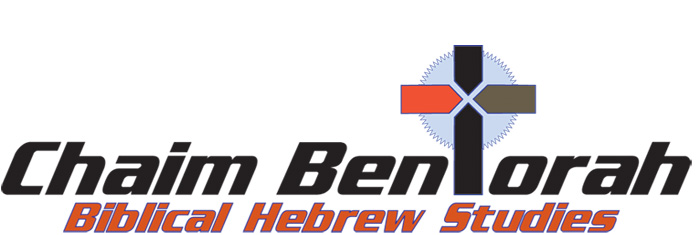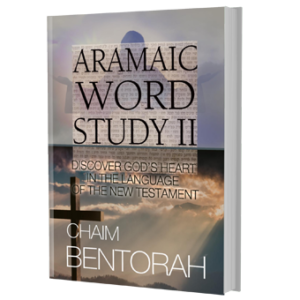Good Morning Ki Yesepar;
Exodus 23:19: “The first of the first fruits of thy land thou shalt bring into the house of the Lord thy God, Thou shalt not seethe a yearling in his mother’s milk.”
It is time I ask you a question. What does the preparation of the yearling have to do with the bringing of the first fruits into the house of God? I have meditated on this and researched it but I still have no idea. If anyone has a thought, kindly share it with me.
The word fruit is thrown around a lot. “By their fruits you shall known them…” We have the “fruits of the Spirit,” and the vine that does not bear fruit etc. Fruit is an important word. It is quite important here as God is speaking of the first of the first fruits.
Fruit in Hebrew is “parah” which has the idea of off spring, or results, accomplishments. Hence we talk of the fruit or accomplishments of our labor. However, when Scripture speaks of the first fruits, it is using a different word. That word, as used in Exodus 23:19, is “bokar.” This has the idea of first, to be early. Traditionally the “bokar” represented agricultural produce. The tradition of first fruits was not only practiced by the Hebrews but the Greeks and the Romans as well. This was a form of taxation, where the citizens brought the first of their produce to the temple where it was sold and the proceeds used to pay wages, the light bill etc. So too, Exodus is referring to a tithe to support the temple. So why the bokar and not the parah. The passage could have said the rosh of the parah, the first of the fruits, but instead it says the rosh of the bokar, the first of the first fruit. This is followed by the command that the yearling goat was not to be boiled in it’s mother’s milk. This is very specific.
I wonder if Paul did not have this passage in mind when he wrote I Corinthians 15:22-23: “But as in Adam all die, even so in Christ shall all be made alive. But every man in his own order: Christ the firstfruits; afterward they that are in Christ at his coming.”
The yearling was a gedi, which is a goat. It is suggested that this is the goat that was brought before the High Priest on Yom Kippur. Two goats were brought before the High Priest actually. A lot was thrown and the winner was taken and thrown off a cliff, this was known as the scapegoat. The other goat was sacrificed as a sin offering. It is believed that his is the gedi which was not to be boiled in it’s mother’s milk.
I would suggest that this is a picture of Jesus who the first of the first fruits, the best that God had to offer us and like the goat in Exodus, he was sacrificed as a sin offering for us. And what does the idea of not being boiled in it’s mother’s milk represent, I don’t know. Anyone care to do an electronic midrash and share an idea. I have none myself.







This is going to sound weird and it probably is, but I think it has something to do with a baby in the womb. The baby is not to die in the womb. I would enjoy any comments on this as well. The sacrifice is so sacred and subject to divine inspection. I know there is much more to this but first thoughts sometimes open the box of thought.